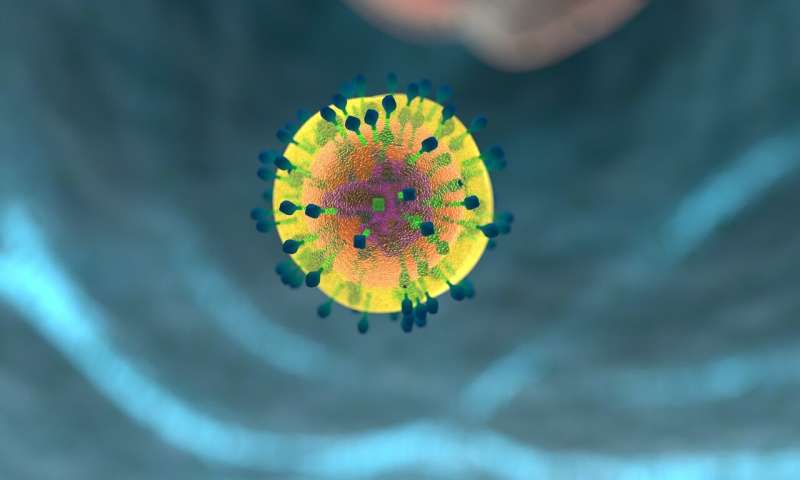Innovative Skin-like Sensor Monitors Body Movements and Electrical Signals for Medical Applications

A new skin-like sensor developed by Penn State researchers can monitor body movements and electrical signals, offering advancements in medical diagnostics and patient care.
Researchers at Pennsylvania State University have developed a highly flexible, skin-like sensor capable of accurately monitoring both physical movements and electrical signals within and on the surface of the body. This breakthrough sensor, which can be worn externally or implanted internally, holds significant promise for advancing patient monitoring, aiding in post-surgical healing, and supporting conditions such as bladder control issues.
Constructed from soft, stretchable materials that closely mimic human skin, the sensor is designed for long-term performance without degradation. It uniquely combines two types of conductivity—electrical and ionic—enabling it to interface seamlessly with biological tissues. Unlike traditional sensors that typically rely solely on electrical conduction, this dual-modal approach enhances sensitivity and compatibility with the body's wet and ion-rich environments.
Lead researcher Huanyu "Larry" Cheng explains that integrating ionic conduction, which involves charged atoms in a liquid medium, results in better adherence to tissues and more precise signal capture. The sensor employs a mixture of flower-shaped metal-organic frameworks, carbon nanotubes, and a soft rubber filled with ionic liquid, ensuring durability, flexibility, and high performance.
This sensor can detect a wide range of biological and mechanical activities, from large joint movements like wrist bending to subtle muscle vibrations and electrical signals such as heartbeats or brain waves. Its ability to perform in both dry and wet conditions means it is suitable for skin application or internal implantation without the need for different designs.
One of its notable applications is in bladder monitoring. In tests on rodent models, the sensor successfully measured bladder stretch and muscle electrical activity, indicating potential for human use in managing bladder dysfunction. Future developments aim to enable the sensor not only to monitor but also to provide electrical stimulation, creating a closed-loop system that can diagnose and treat issues automatically.
This versatile sensor offers promising benefits for medical diagnostics, real-time health monitoring, and therapeutic interventions, opening new avenues for personalized and responsive healthcare.
Source: https://medicalxpress.com/news/2025-07-skin-sensor-track-body-movement.html
Stay Updated with Mia's Feed
Get the latest health & wellness insights delivered straight to your inbox.
Related Articles
Link Between Ultra-Processed Foods, Prenatal Heavy Metals, and Child Brain Development
New research explores how ultra-processed foods during pregnancy may increase heavy metal exposure in mothers, impacting child brain development and neurodevelopmental health. Nutritional interventions could play a vital role in mitigating these risks.
Innovative Mobile Application Bridges Healthcare Gap in Rural Ghana
A new mobile application developed by Ghanaian researchers aims to connect rural communities with vital healthcare services, reducing maternal mortality and improving emergency care access through innovative technology.
World Health Organization Confirms No Link Between Tylenol, Vaccines, and Autism
The World Health Organization has confirmed that there is no scientific evidence linking Tylenol or vaccines to autism, countering recent unproven claims. Learn more about the facts and safety recommendations.
Breakthrough in Small Cell Lung Cancer Therapy: The Role of IFITM3 in Enhancing Immunotherapy Response
New research reveals IFITM3 as a key regulator enhancing immunotherapy response in small cell lung cancer, offering promising therapeutic opportunities.



